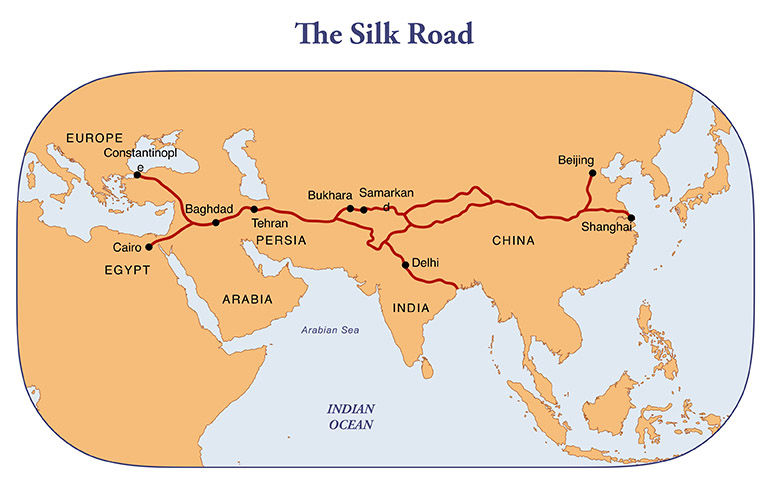The history of Kashmir dates back thousands of years and is closely linked to the Kashmir region, located between the borders of India, Pakistan and China.

Ancient origins:
Cashmere is recognized as one of the most luxurious and sought-after natural fibers in the world. Its history goes back more than 3000 years. The earliest references to cashmere wool come from ancient writings of the Indus Valley Civilization, dating to around 1000 BC.

The Silk Road:
The Silk Road, which connected East Asia to Europe, played a crucial role in spreading Kashmir to the Western world. Traders and travelers used this route to exchange goods, which contributed to the fame of cashmere in different cultures.
Empires and royalty:
Cashmere was highly prized by Mughal emperors in India as well as other rulers and nobles throughout history.
The finesse and softness of cashmere have made it a symbol of luxury and prestige.

The Red Fort in Agra is a 17th century fortified complex built by Mughal Emperor Shah Jahan located in Agra in Uttar Pradesh. Covering an area of 38 hectares, it is the largest fort in India.
Traditional know-how:
Kashmir artisans have developed weaving, spinning and dyeing techniques over the centuries that are still used today. Their know-how has been passed down from generation to generation, creating a rich textile heritage.
Influence on fashion:
Over the centuries, cashmere has been embraced by fashion designers and fashion houses around the world. From scarves to clothing and accessories, cashmere has conquered an important place in the world of fashion.


Comments